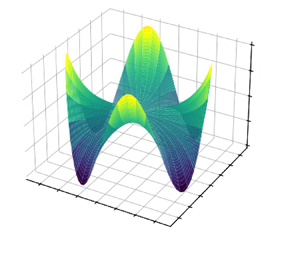Crossref Citations
This article has been cited by the following publications. This list is generated based on data provided by Crossref.
Votiakova, M. M.
Dobrokhotov, S. Yu.
and
Minenkov, D. S.
2024.
Classical and Wave Dynamics of Long Nonlinear Waves Localized in the Vicinity of Gently Sloping Shores.
Proceedings of the Steklov Institute of Mathematics,
Vol. 327,
Issue. 1,
p.
20.
Votiakova, Maria Mikhailovna
Dobrokhotov, Sergey Yur'evich
and
Minenkov, Dmitrii Sergeevich
2024.
Классическая и волновая динамика длинных нелинейных волн, локализованных в окрестности пологих берегов.
Труды Математического института имени В. А. Стеклова,
Vol. 327,
Issue. ,
p.
27.



